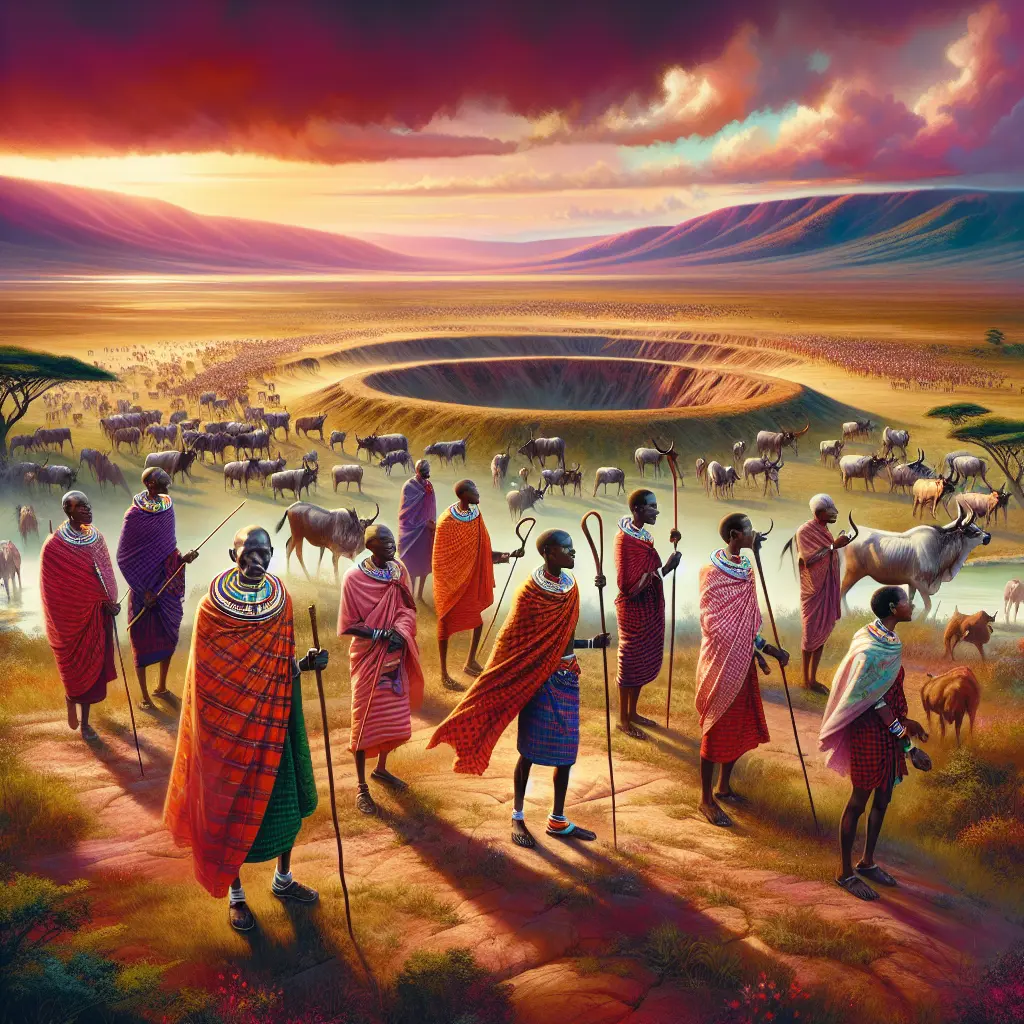
Biodiversity conservation efforts often find themselves at a crossroads with the rights and livelihoods of indigenous communities.
The issue of biodiversity conservation is one that affects not only the environment but also the lives of many indigenous communities worldwide. A recent protest by the Maasai people in Tanzania highlights the complex relationship between global conservation efforts and local community rights.
For centuries, the Maasai have lived harmoniously with nature, their way of life intrinsically linked to the land they inhabit. However, recent global conservation pledges have threatened this balance, as frameworks are being established to protect areas of ecological significance. While these efforts are crucial for maintaining biodiversity, they sometimes come at the expense of those who have historically safeguarded these ecosystems—indigenous peoples.
The Ngorongoro crater in Tanzania is a UNESCO World Heritage site, renowned for its stunning landscapes and rich biodiversity. Yet, it has become a focal point of conflict as tens of thousands of Maasai herdsmen have taken to the green hills, protesting their eviction in the name of conservation. The Maasai argue that their removal disregards their rights and disrupts their traditional ways of living, which have always been in harmony with nature.
This scenario presents a pressing question: Can biodiversity conservation and indigenous rights coexist? It is essential to recognize that indigenous communities like the Maasai are not just stakeholders but also stewards of biodiversity. Their traditional knowledge and practices contribute significantly to ecosystem preservation.
Here are a few points to consider when addressing this complex issue:
Inclusion of Indigenous Voices: Indigenous communities must be involved in conservation planning and decision-making processes. This ensures that their knowledge and rights are respected.
Sustainable Coexistence Models: Developing models where conservation goals align with the livelihoods of local communities can lead to more effective and equitable outcomes.
Legal Frameworks: Strengthening legal frameworks to protect indigenous rights is crucial. These frameworks should ensure that conservation efforts do not result in forced evictions or undermine community well-being.
Awareness and Education: Increasing awareness about the importance of biodiversity and the role of indigenous people can foster a more inclusive approach to conservation.
In conclusion, as we strive to protect our planet's biodiversity, we must also champion the rights and voices of those who have lived in harmony with nature for generations. The protests in Tanzania serve as a potent reminder that conservation cannot be achieved in isolation from those who call these lands home.
By finding a path that respects both nature and people, we can create a future where biodiversity thrives alongside vibrant human cultures. To learn more about the situation facing the Maasai and similar issues globally, read the full article here.
Together, let us strive for a world where biodiversity conservation supports and uplifts all communities.
Yours in harmony with nature,
Adrianne Holt